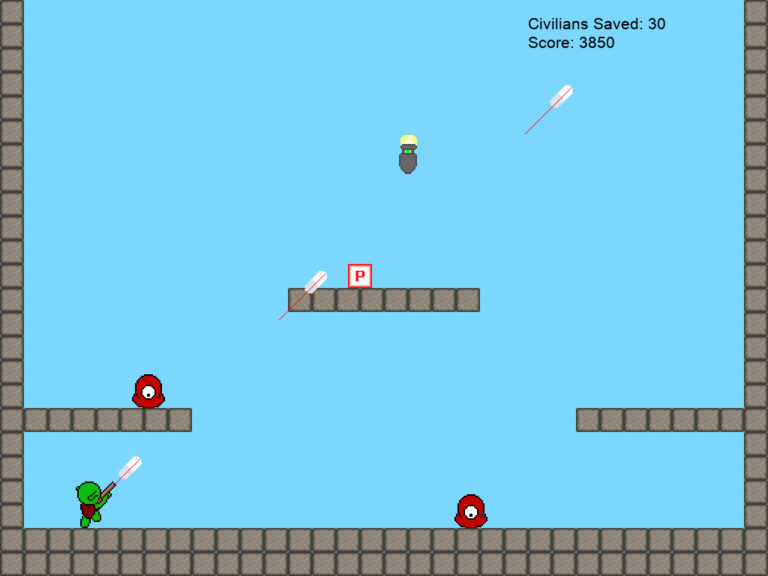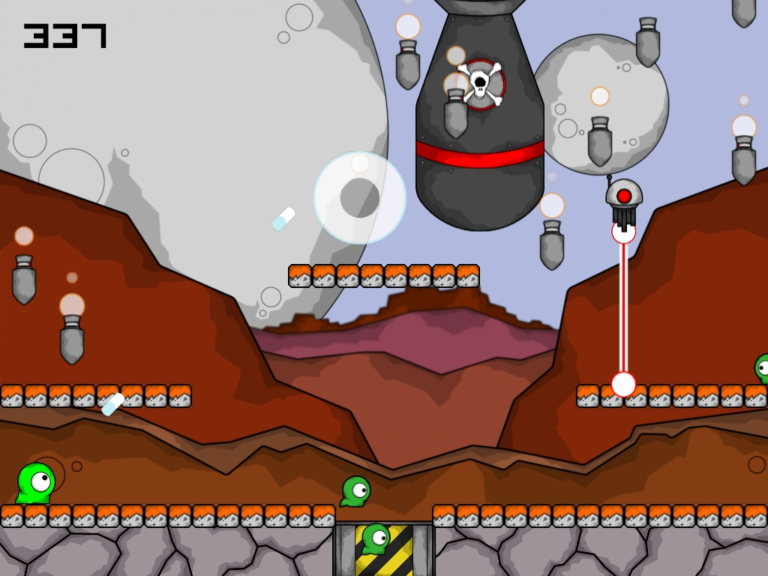Scoping any kind of video game is tough. Feature (or scope) creep is a real thing. It happens at large AAA studios…and it happens at small indie studios. Game releases get pushed back and sometimes games never get released at all.
How to properly scope a game is subjective depending on who you talk to. Most would agree that project management and proper scheduling are very important. You need deadlines for accountability. Many would probably agree that you need to be realistic about what your team (or you as a solo dev) can accomplish. Hard work is also vital. Making games is definitely a commitment.
Over the years we have been fortunate to ship games on development teams of all sizes. We have also abandoned many promising game projects. It took us awhile to refine and develop our own game scoping ‘blueprint’.
So let’s get right to it. Here is our game scoping ‘blueprint’…
Decide on the type of game you want to make. Take your time here. You need to understand how much time you have…and how much time it will realistically take to build your game. Look at similar shipped games to get an idea of the time investment needed. Do your research.
Build a functional prototype. You need to create a complete game loop…from game launch to game exit. This will include (as applicable) basic player behaviors, basic menus, one (1) enemy/AI type, one (1) power-up/ability, one (1) level. Keep the prototype lean. The core gameplay should be completely represented in the finished prototype.

List out all assets needed to complete your game. This includes all animations, art, enemies, systems, power-ups, abilities, menus, sounds, UI elements, music, etc. Look at your prototype. You should now have an idea of what will be needed to finish the game. List every single item needed on a game asset list (spreadsheet or document).
Create time estimates for all game assets. Add time estimates for creating and implementing everything on your asset list. This will give you a more accurate idea of how much effort and time will be needed to complete your game…as it is currently scoped. Be sure to include ample time for polishing your game.
Trim the fat. Take your asset list and look at your timeline to finish the game. Decide which elements are needed to make the core gameplay shine. Remove what is not necessary. This is a tough step…but you have to look at your game and understand what it needs and what it doesn’t. You do not want to get burned out during development because your scope is too large.
Finish your game. This is typically the longest portion of development. Cool ideas will certainly arise while building your game and knocking items off of your asset list. This is part of the development process. But be very careful of feature creep. If these ideas do not add significant value to the core gameplay…don’t add them to your workload. This is so important…and takes a lot of discipline.

So there you have it. This is the general approach or ‘blueprint’ we use for scoping projects. We believe scoping a game properly (and eliminating feature creep) is actually a proactive process throughout development. Most of the scope is defined early on…but you have to stay on top of it. Keeping a game asset list really helps. Pay attention to your schedule and deadlines…they will force you to keep your asset list manageable and help you complete your projects.
Hopefully this post will help you with scoping your game. Let us know if you have any questions or comments. Now get out there and build some games!
Be sure to check out our latest game Martian Law on Steam (PC).
